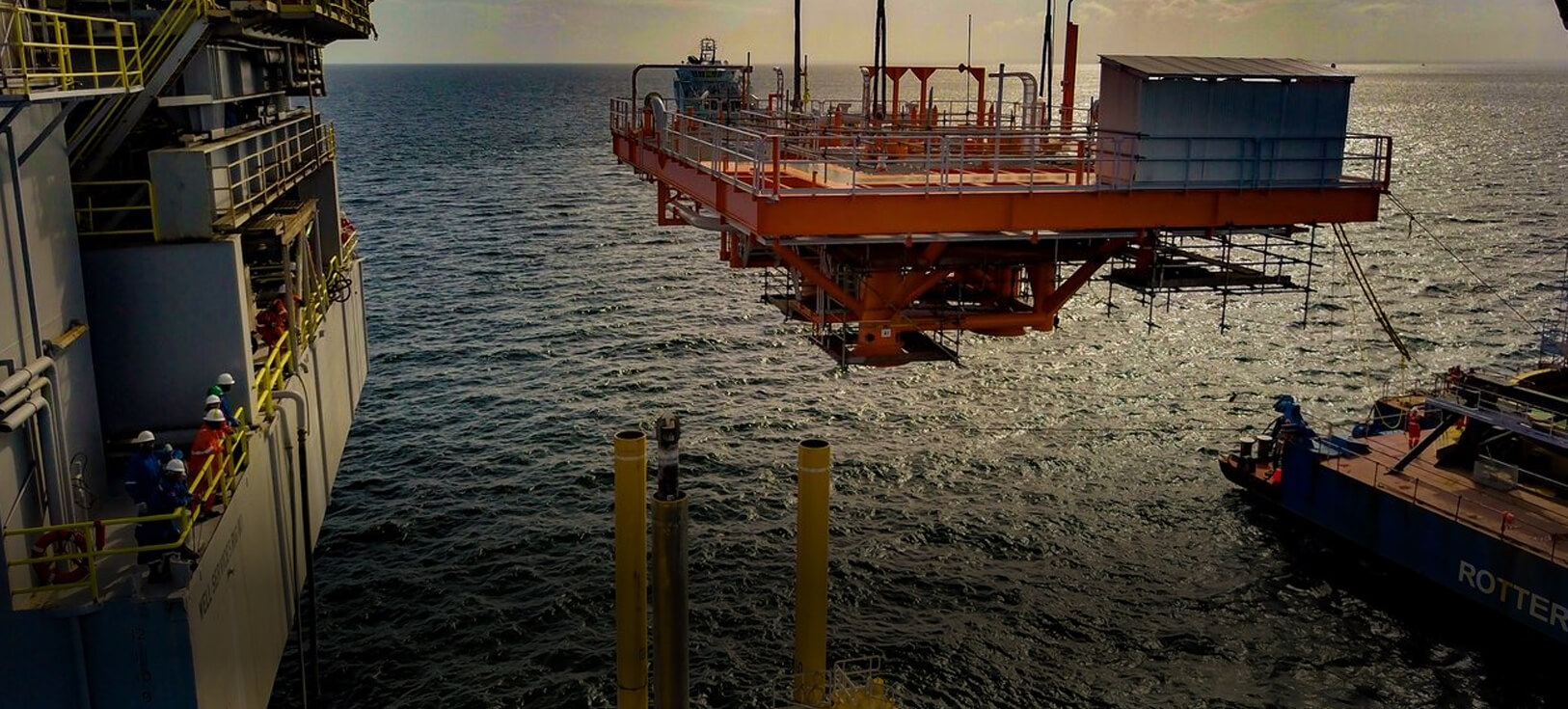Aquaterra to Design Second Minimal Facility Platform For DeNovo

OFFSHORE OIL AND GAS MAGAZINE, MONDAY 18TH MAY 2020
DeNovo Energy has awarded Aquaterra Energy a front-end engineering and design contract for a second Sea Swift minimal facility platform off the west coast of Trinidad and Tobago.
NORWICH, UK –DeNovo Energy has awarded Aquaterra Energy a front-end engineering and design (FEED) contract for a second Sea Swift minimal facility platform off the west coast of Trinidad and Tobago.
Previously Aquaterra designed, built, and installed a Sea Swift conductor supported platform (CSP) for DeNovo’s Iguana gas field in 2018, completing delivery within 10 months. The facility has since produced on average of 80 MMcf/d, with uptime so far this year of 100%.
For the new project Aquaterra will modify the Iguana platform, conduct a review of the pipeline infrastructure, and design a new single well-CSP for use on the Zandolie gas field in 20 m (65.6 ft) water depth. The FEED should be completed this summer.
The new platform will probably be lighter and smaller and will be engineered for drilling and installation via a jackup rig, in order to keepdown costs. DeNovo will look to maximize fabrication in-country.
Stewart Maxwell, Aquaterra’s technical director, said: “It’s extremely encouraging to still see projects such as this moving ahead in the current, low oil price climate.
“If an operator is considering a new platform installation, now is the time to progress. Even with this market uncertainty, overall project costs have been reduced, which should be a factor in any decision.”
Sea Swift’s design is said to reduce the steel requirement and to allow use of available infrastructure and fabrication facilities to keep initial capex relatively low.
“When the industry started up we had excess supply with no market. And rightfully so, government and private sector went ahead to build the market based on existing supply in place at that time and assumptions on future.